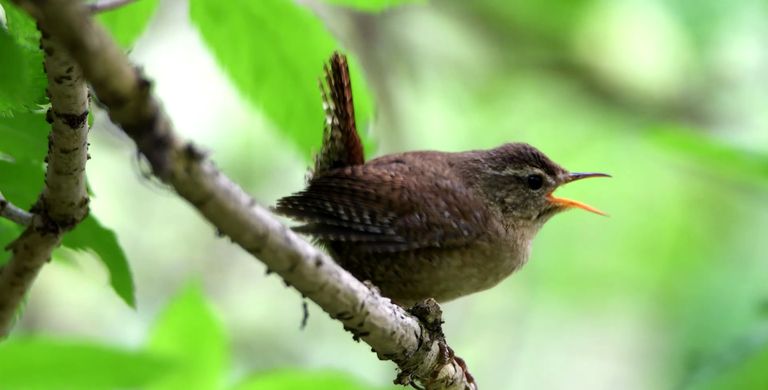
The Wren (Troglodytes) is one of the smallest European birds. It can be seen during winter walks. He is often accompanied by tits, woodpeckers, and blacksmiths.
Strzyżyk (Troglodytes) to jeden z najmniejszych europejskich ptaków. Można go dostrzec podczas zimowych spacerów. Często jest w towarzystwie sikorek, dzięciołów, kowalików.
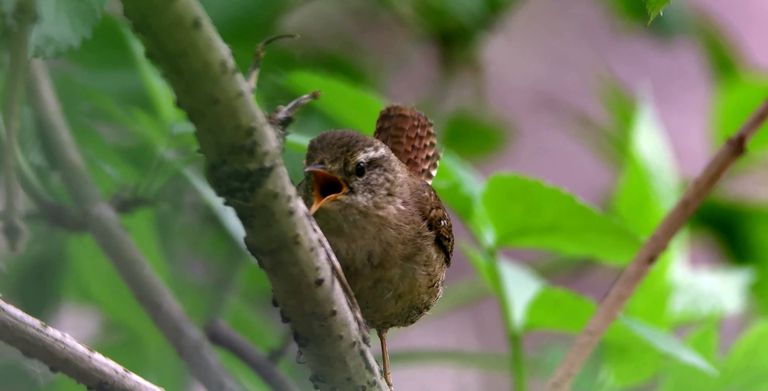
Most of the Wrens leave cold Europe migrating south, but there is a small part that remains in Poland.
Większość Strzyżyków opuszcza zimną Europę migrując na południe, ale jest niewielka część, która pozostaje w Polsce.
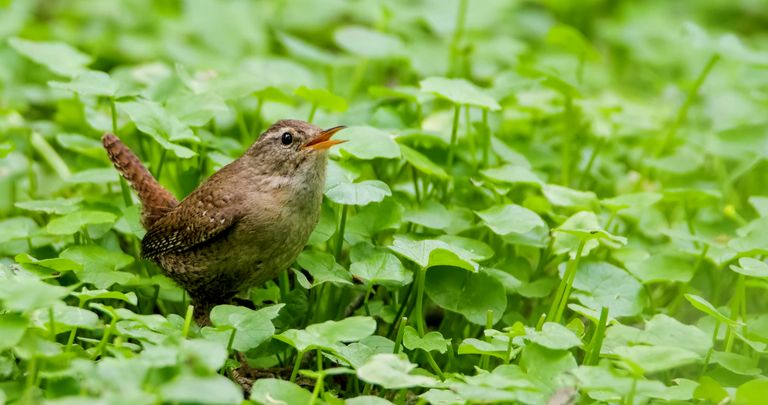
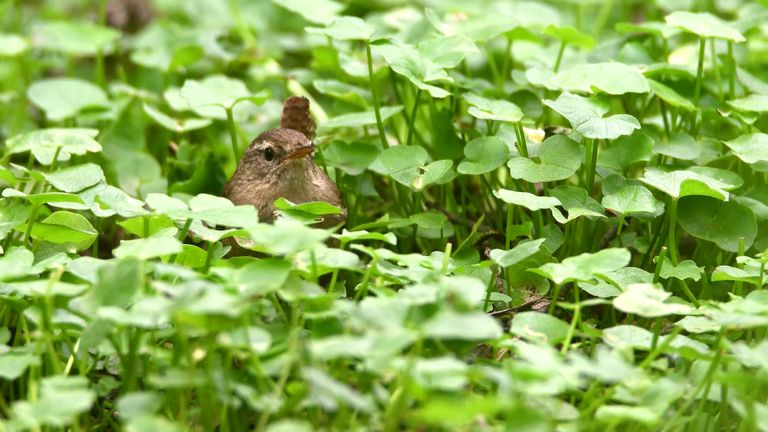
Interestingly, it chooses the north-eastern regions, where the winters are the harshest.
I co ciekawe wybiera regiony północno wschodnie, gdzie zimy są najostrzejsze.
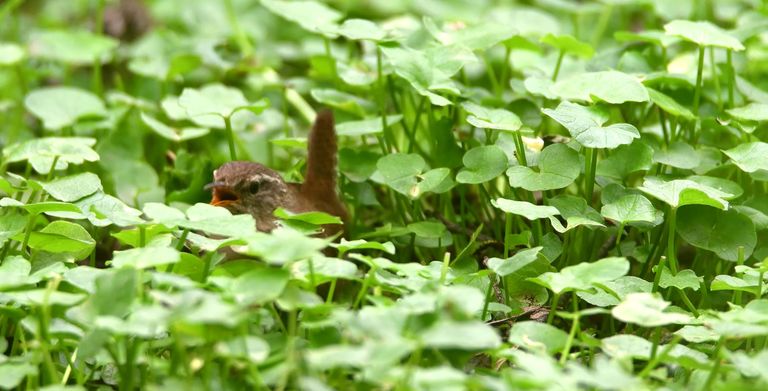

Despite its small dimensions, because Strzyżyk is about 9 cm long and weighs about 60 grams, it can cope with extreme conditions in a forest environment full of threats, dangers and ambushes.
Mimo małych gabarytów, bo Strzyżyk ma około 9 cm długości i waży około 60 gram, doskonale radzi sobie ekstremalnych warunkach, w leśnym środowisku, pełnym zagrożeń, niebezpieczeństw i zasadzek.
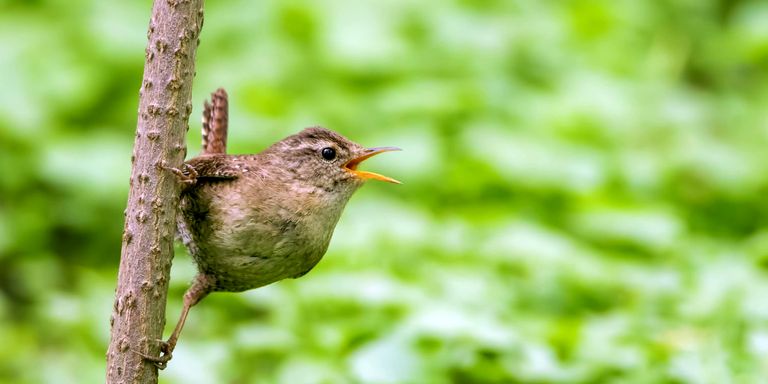
My house is my castle
Mój dom moją twierdzą
In early spring, during the breeding season, the male starts building the nest.
Wczesną wiosną, podczas sezonu lęgowego, samiec przystępuje do budowy gniazda.
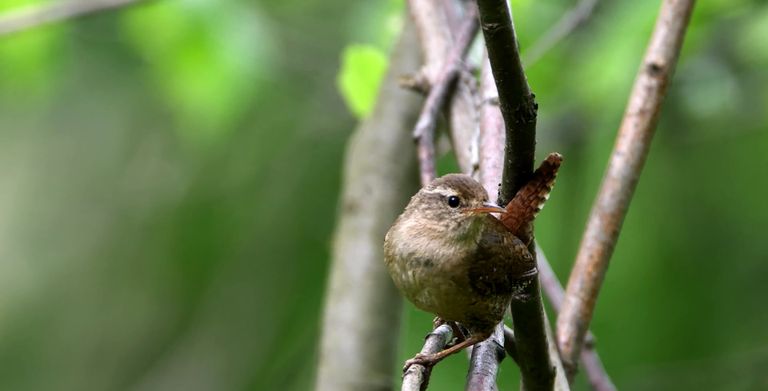
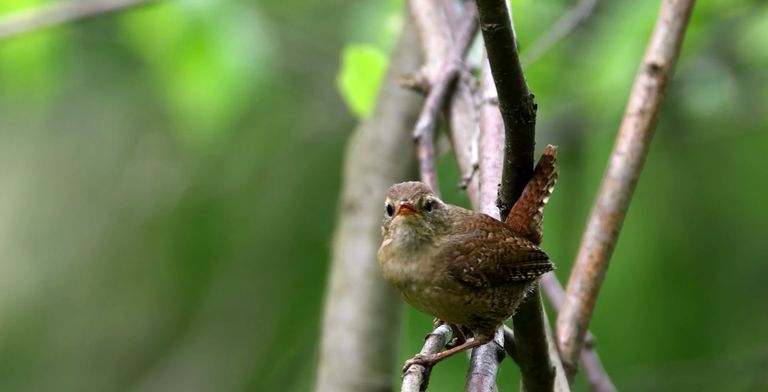
The land on which he builds his house is only his, and no bird, even much larger, has access to it.
Teren na którym buduje swój dom jest tylko jego, i żaden nawet znacznie większy ptak nie ma do niego dostępu.
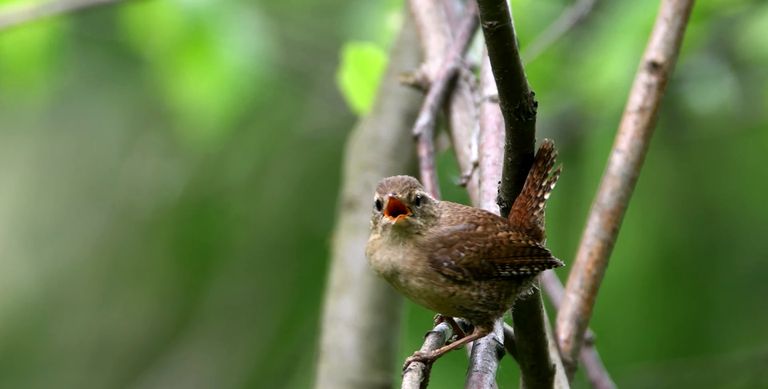
A tail like a sword
Ogon niczym miecz
A characteristic feature of the wren is its tail. It is peculiarly upturned, and stands almost vertically when the male defends his territory.
Charakterystyczna cecha strzyżyka, to jego ogon. Jest specyficznie zadarty do góry, i sterczy prawie pionowo, gdy samiec broni swojego rewiru.
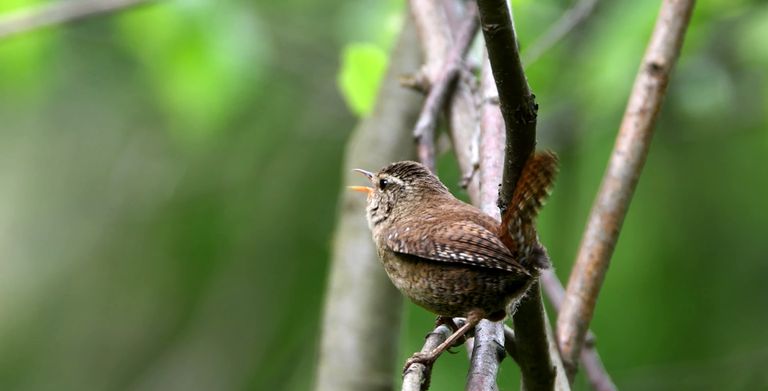
It then looks like a gladiator's sword. At the moment of danger, the wren additionally flexes and makes rattling, nervous noises.
Wygląda wówczas jak miecz gladiatora. W momencie zagrożenia strzyżyk dodatkowo pręży się i wydaje terkoczące, nerwowe odgłosy.
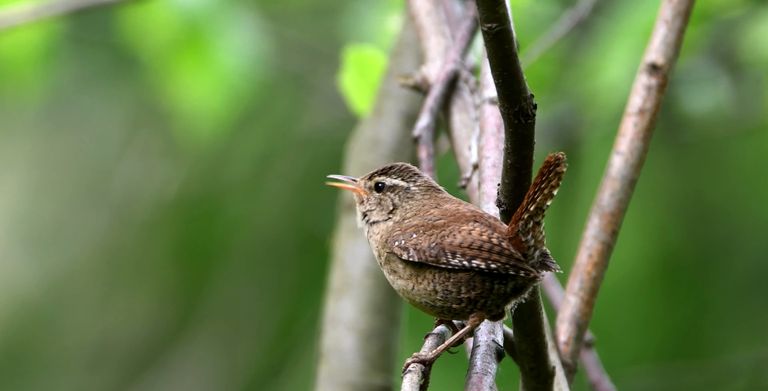
Wren's nest
Gniazdo strzyżyka
The wren builds nests in hard-to-reach, invisible places.
Strzyżyk buduje gniazda w trudno dostępnych, niewidocznych miejscach.

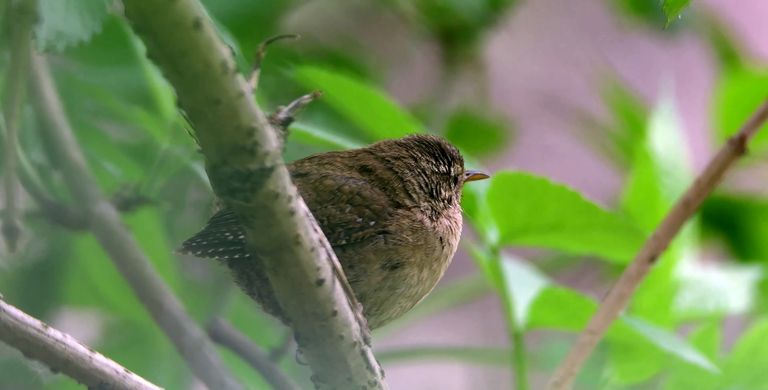
They are most often piles of branches, brushwood, sometimes it winds its nest in low dense spruce trees.
Są to najczęściej sterty gałęzi, chrustu, czasami wije gniazdko w niskich gęstych drzewach świerkowych.
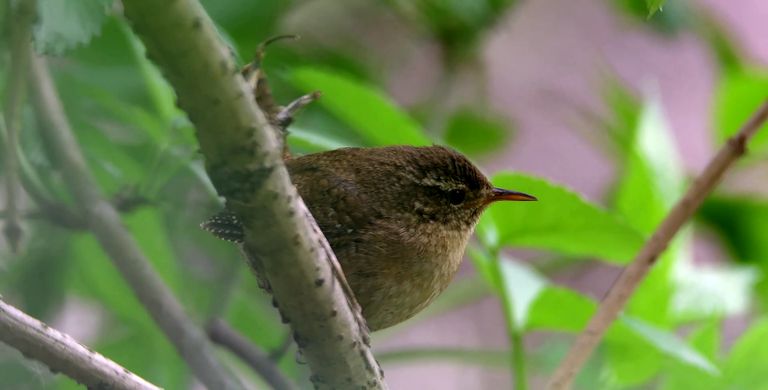
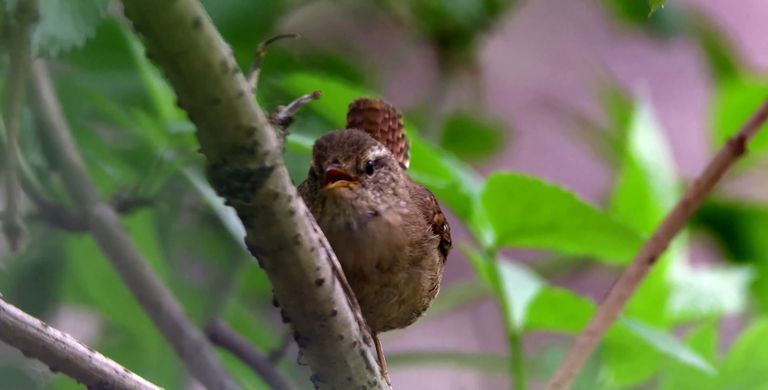
There, an intricately intertwined spherical structure is created, the building blocks of which are grass blades, moss, leaves, and small twigs. The more robust and solid, the greater the chances of finding a partner.
Tam powstaje misternie spleciona kulista konstrukcja, której budulcem są źdźbła traw, mech, liście, drobne gałązki. Im bardziej okazała i solidna, tym większe szanse na znalezienie partnerki.
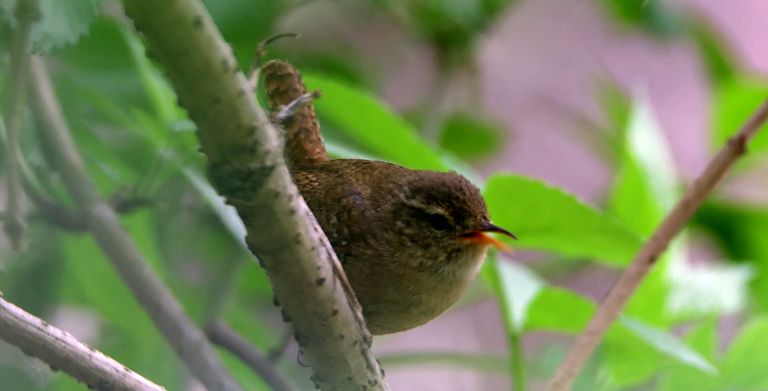
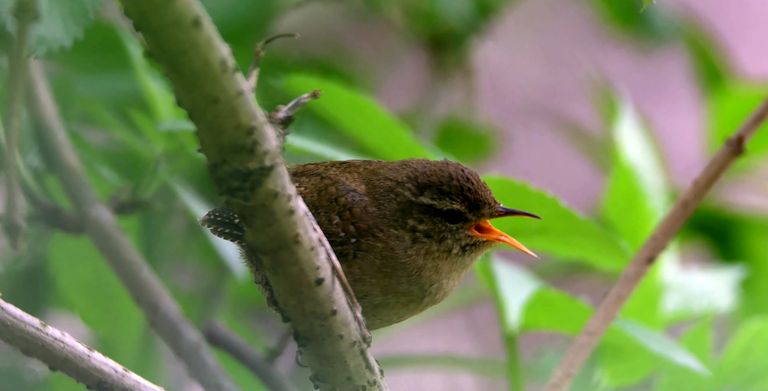
The voice of the wren plays a decisive role in the search for a mate. Strzyżyki are among the leading soloists in the forest choir. Their voices are very distinctive and loud.
W poszukiwaniach partnerki decydującą rolę u strzyżyka odgrywa jego głos. Strzyżyki należą do czołówki solistów w leśnym chórze. Ich głosy są bardzo charakterystyczne i donośne.
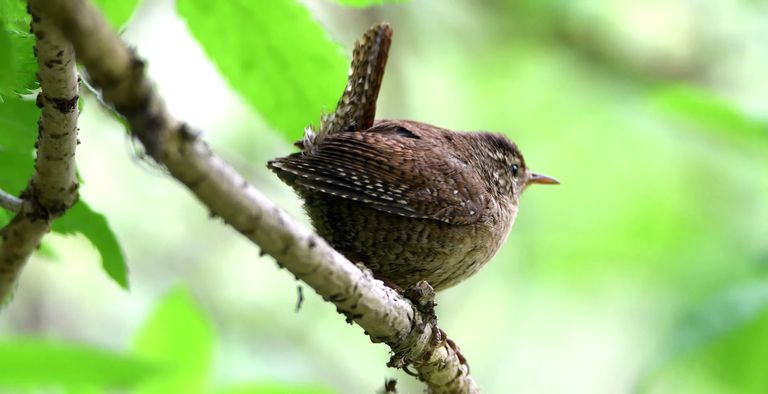
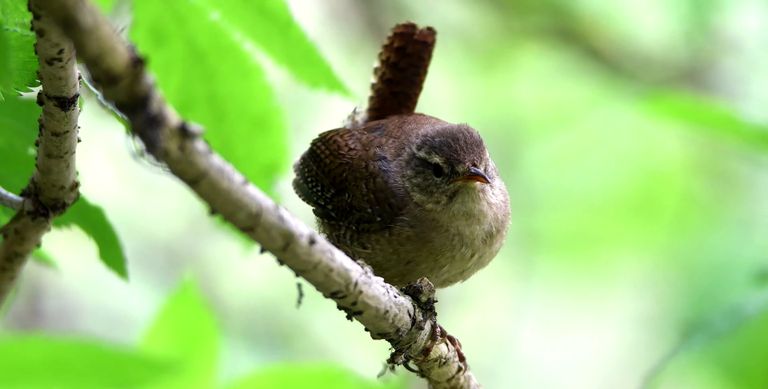
The wren produces a series of metallic, ringing, repeating sounds interspersed with a fast and lively troll. Soon a female would appear interested in a male with multiple abilities.
Strzyżyk wydaje z siebie szereg metalicznych, dzwoniących, powtarzających się dźwięków, przeplatanych szybkim i żwawym trelem. Wkrótce pojawi się jakaś samica zainteresowana samcem o wielu umiejętnościach.
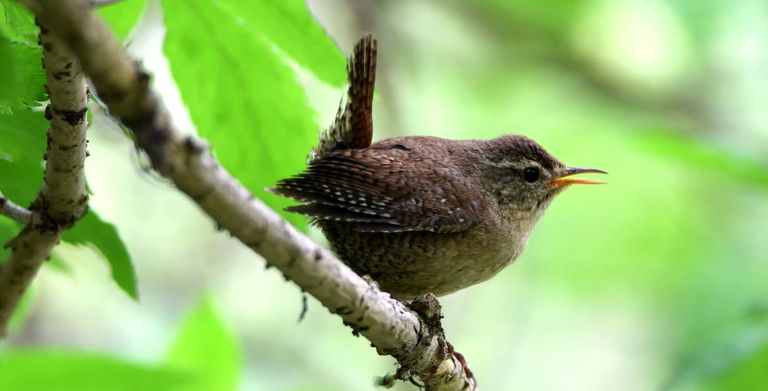
The wren on the hunt
Strzyżyk na polowaniu
The true nature of the wren becomes apparent during the hunt. These inconspicuous little fluffy flying balls are ruthless and effective machines for catching insects. They mainly hunt for arachnids, e.g. long-legged blackbirds, and do not disdain small invertebrates.
Prawdziwa natura strzyżyka uwidacznia się podczas łowów. Te niepozorne małe, puchate latające kulki, są bezwzględnymi i skutecznymi maszynami do chwytania owadów. Polują głównie na pajęczaki, np. długonogie kosarze, nie pogardzą małymi bezkręgowcami.
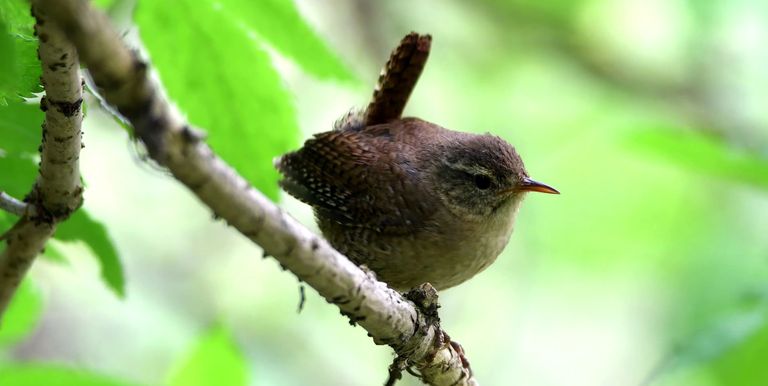

Enjoy 😉

Great Catch - Love it.
Congratulations, your post has been curated by @r2cornell-curate. Also, find us on Discord
Felicitaciones, su publication ha sido votado por @r2cornell-curate. También, encuéntranos en Discord